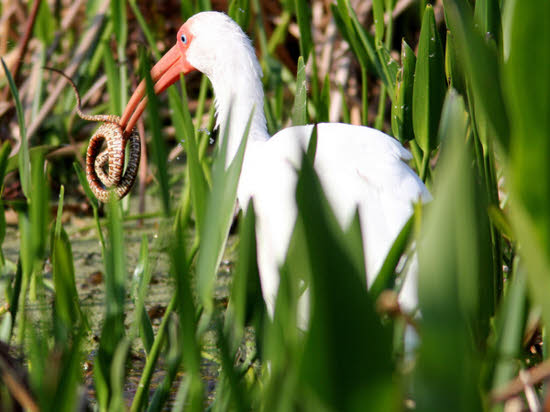|
Plinio Corrêa de Oliveira
"Be wise as serpents, simple as doves"
"Catolicismo", January 1954, N. 37 |
|
|
This section (Ambiences, Customs, Civilizations) has as its presupposition the fact that certain colors, certain lines, certain forms of material objects, certain fragrances and certain sounds have an affinity with man's states of mind for reasons that are not merely conventional. There are colors that have an affinity with happiness, others with sadness. Some forms we call majestic, others simple. We say a family is cordial, and the same can be said of a home. We can call someone's conversation enchanting; we can say the same of music. We can find a perfume vulgar, and we can say the same about the person who likes to wear it. Ambience is the harmony formed, in this case, by the affinity of the component parts of various things united in the same place. Imagine a room of pleasant proportions, decorated with cheerful colors and furnished with gracious objects, and in which many flowers exude a pleasant fragrance and someone is playing cheerful music. In this room, there is an ambience of happiness. Clearly, the more affinities there are among the beings and objects in the room, the more expressive the ambience will be. And, in addition to being happy, the ambience could be dignified, cultivated and temperate, if there were dignity, culture and temperance in the people and things found there. An ambience will be the opposite of all this extravagant, ugly and vulgar if the objects that compose it have these qualities. An example of this would be a room full of modern art. Man forms for himself ambiences in his own image and likeness, ambience of creation by placing living being sin it: plants, animals, and, above all, man. We have proof in the Evangelists of how much power of expression these inferior beings, especially animals, have for men. Thus, in his beautiful sermon on the mission of the apostles (Mt. 10:16), Our Lord gave us the dove and the serpent as models for two high virtues: innocence and prudence.
HARMONIOUS in form, simple in color, gracious in flight and in movement, "affable" with other animals, its whole being pure and innocent — there is nothing in the dove that suggests an idea of plunder, aggression, injustice, intemperance or impurity. It is therefore most fitting that, as in the words of Our Savior, it is the symbol of innocence. But it lacks something — the qualities that assure a being of his survival in the fight against adverse factors. His perspicacity is minimal; his combativity is void; his only defense is flight. Thus, the Holy Ghost Himself tells us of imbecilic doves without intelligence (Osee 7:11). This reminds us of certain Catholics deformed by romanticism, for whom virtue consists only and always in hiding, in submitting, in receiving blows, in retreating and in allowing themselves to be trampled underfoot.
HOW different is the serpent — aggressive, venomous, deceptive, perspicacious and agile. Elegant and at the same time repugnant, so fragile a child can crush him, yet so dangerous a lion can killed with his venom. His whole form and way of moving is adapted for veiled, treacherous and fulminating attack. So bewitching that certain species hypnotize and an at the same time spread aura of terror. Well is it the symbol of evil, with all the sorcery and all the treachery of the forces of perdition. But in all this "malice", what prudence! What astuteness! Prudence is a virtue by which someone makes use of the necessary means to reach the ends he has in sight. Astuteness is an aspect, and in a certain way, a requirement of prudence, which maintains every discretion and employs every licit guise needed to arrive at an end. Everything in the serpent is astute and prudent, from the penetration of his look to his long, slender form and the terrible efficacy of his essential weapon — a venom which through a single, tiny perforation in his victim's skin spreads throughout the whole body in a few instants.
THE ibis gives us a magnificent example of how the innocence of the dove and the astuteness of the serpent can be united in one single action. He makes his nest in trees and protects his offspring with vigilance and energy. He thus gives to man an example of serious and strong virtue. A snake comes and swallows an egg, threatening to devour the rest of them. As clever and capable as the reptile, the ibis attacks it in a vulnerable spot, incapacitating its every means of aggression and defense. After some time of this pressure, the serpent surrenders the egg, and weakened, falls to the ground. The ibis achieved his honest objective with the innocence of the dove, with a way of fighting that conquered the serpent with astuteness. |
|




